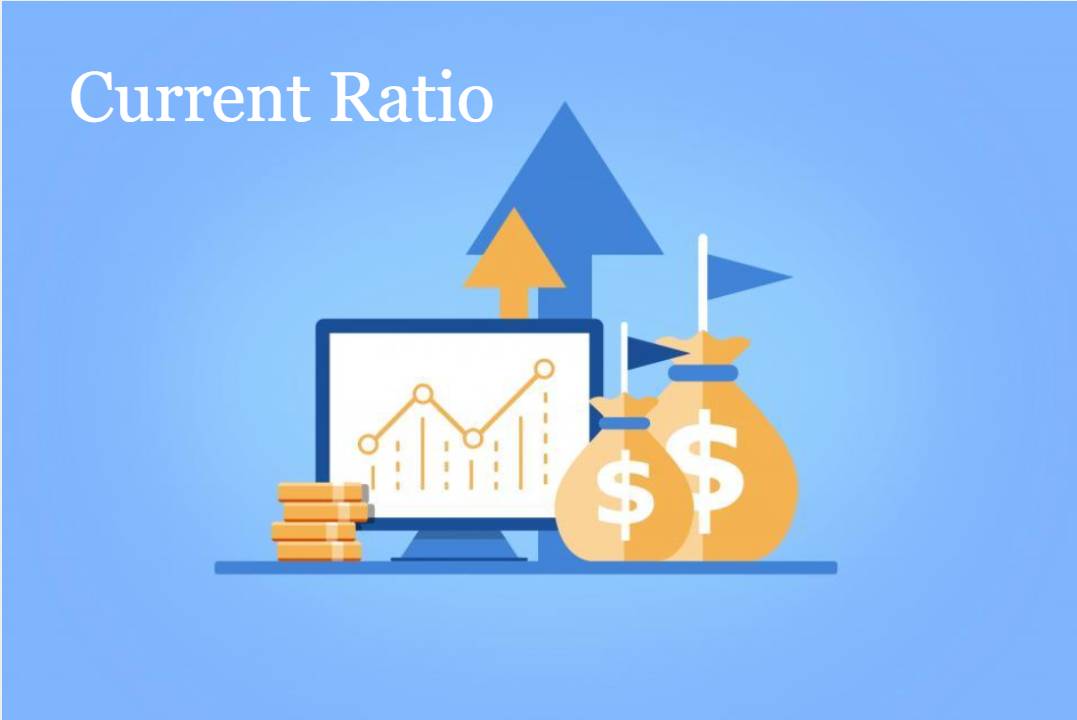What is current ratio?
Current ratio is calculated by dividing current assets by current liabilities. Further, current assets includes cash and those assets that can be converted into cash within a year such as marketable securities, debtors, bills receivables and inventories.
Moreover prepaid expenses are also included in current assets as they represent the payments that will not be made by the firm in the near future.
All obligations maturing within a year are included in current liabilities. Current liabilities include creditors , bills payable, accrued expenses ,short-term bank loan, income tax liability and long term debt maturing in current year.
Further, this is a measure of short-term solvency. It indicates the availability of current assets in rupees for every rupee of current liability.
A ratio of greater than one means that the firm has more current assets than current claims against them.
What is the formula ?
Current ratio = Current assets ➗ Current liabilities
How to interpret current ratio?
As a conventional rule, a C.R. of 2 to 1 or more is considered satisfactory. This ratio represents margin of safety for creditors.
The higher the current ratio, the greater the margin of safety . The larger the amount of current assets in relation to current liabilities , the more the firms ability to meet its current obligations.
However, an arbitrary standard of 2 to 1 should not be blindly followed . Firms with the less than 2 to 1 current ratio may be doing well. While firms with 2 to 1 or even higher current ratios may be struggling to meet their obligations. This is so because the current ratio is a test of quantity , not quality.
This measures only total rupees’ worth of current assets and total rupees’ worth of current liabilities. It does not measure the quality of assets . Liabilities are not subject to any fall in value; they have to be paid.
But, current assets can decline in value . If the firms current assets consists of doubtful and slow-paying debtors or slow-moving and obsolete stock of goods . Then firms ability to pay bills is impaired , its short term solvency is threatened .
Thus, too much reliance should not be placed on the current ratio. A further investigation about the quality of the items of current assets is necessary . However, the current ratio is crude and quick measure of liquidity.



